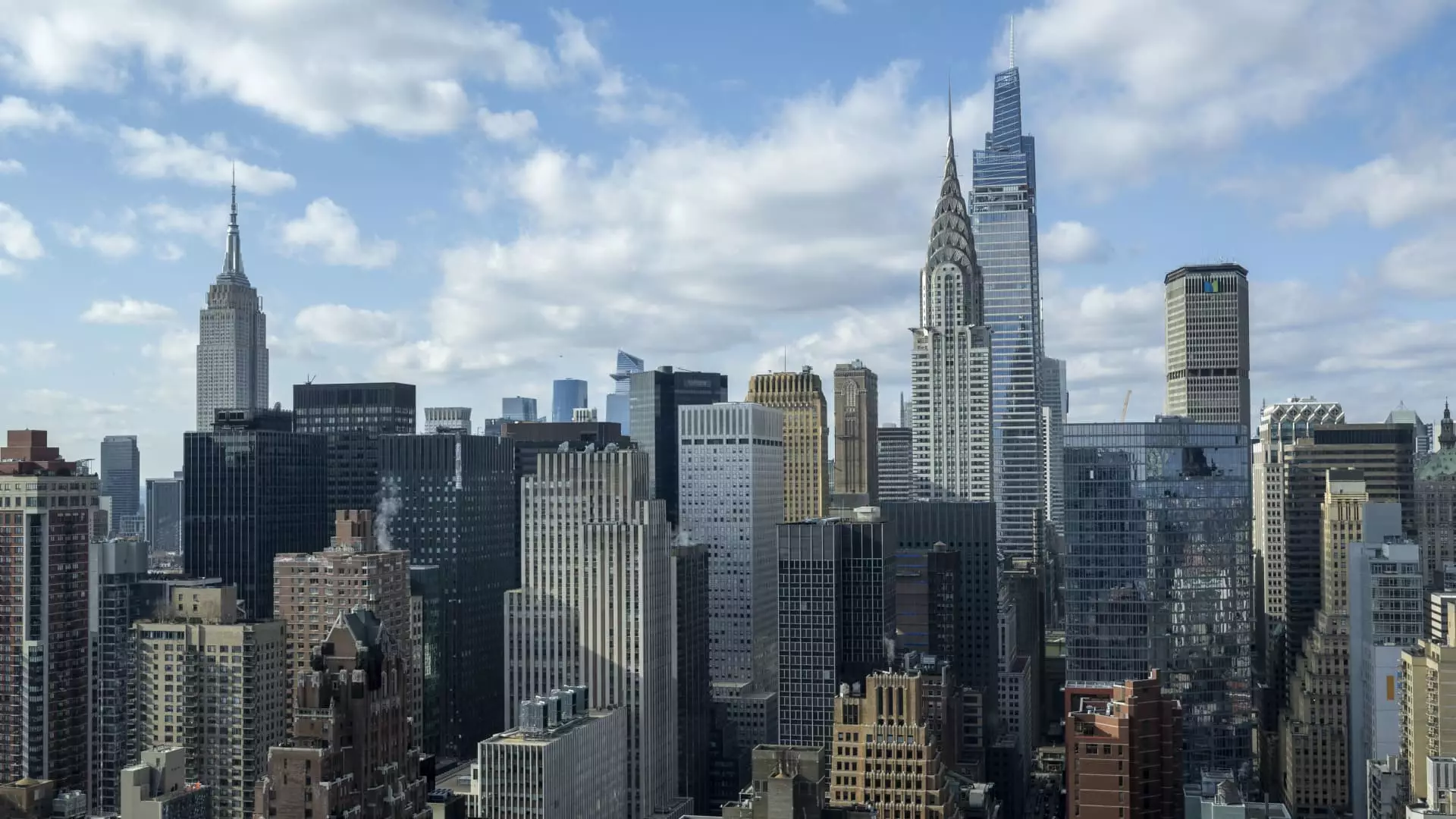After facing unprecedented disruptions due to the COVID-19 pandemic, New York City’s office space market is witnessing a remarkable revival. The renewed interest in office properties has surged back to levels reminiscent of pre-pandemic conditions, particularly buoyed by the steady return of employees and a compelling call from employers for workers to head back to their desks. According to recent findings from VTS, an organization specializing in real estate demand metrics, there was a notable 25% increase in office space demand during the last quarter of the year compared to the previous year.
This recovery signifies not just a return to normal but also indicates the underlying cultural and economic dynamics that uniquely characterize New York City. As the financial and tech industries re-establish their foothold, the city’s office trend may potentially redefine the future of workspaces across various sectors.
Evolving Workplace Dynamics
The transformation in the workplace landscape is coupled with both structural and behavioral changes in how businesses operate. The data revealed by SL Green Realty Corp., a significant real estate investment trust focusing on Manhattan properties, although indicating a slight miss in revenue expectations, reinforced the narrative of tightening supply and growing leasing demand. SL Green’s CEO, Marc Holliday, articulated that the city’s Office of Management and Budget anticipates around 38,000 new jobs requiring office space by 2025, primarily from industries such as finance and technology.
What is particularly striking about Holliday’s insights is the emphasis on “on-site attendance,” as companies increasingly push for a return to a more conventional workweek structure—four to five days in-office. This shift signifies a collective understanding among businesses that in-person collaboration often fosters greater innovation and productivity, ultimately facilitating long-term success.
A prime example of corporate commitment to New York City’s office market is IBM’s recent expansion at One Madison Avenue. The tech giant signed a lease for an additional 92,663 square feet, enhancing its already substantial presence in the city to over 362,000 square feet. Such expansions illustrate not only an investment in real estate but also a strategic move aimed at revitalizing the workforce culture within the technology sector.
Joanne Wright, IBM’s senior vice president for transformation and operations, emphasized the importance of creating collaborative and vibrant workspaces that unite employees, clients, and partners. This commitment from IBM sets a precedent and could inspire other corporations to follow suit, thereby further stimulating the office space market.
While New York City emerges as the frontrunner in recovery when it comes to office space demand, other metropolitan areas are also reporting encouraging signs. For instance, San Francisco has achieved an impressive 32% annual growth rate in office demand, albeit beginning from a lower base. Cities like Seattle and Chicago are also experiencing increases, with growth rates around 15% as hybrid work models gain traction.
According to VTS’ Chief Strategy Officer, Ryan Masiello, although New York is witnessing rapid progress, the national scene presents a more gradual but steady recovery. The overall national demand rose 12% in the fourth quarter—defying historical trends that typically see a decline in demand during this season. This newfound confidence among businesses to invest in office spaces signals a pivotal shift, suggesting a broader reassessment of the workplace’s role in organizational success.
New York City’s office market appears to have weathered the storm brought on by the pandemic, emerging revitalized and redefined. With companies increasingly recognizing the value of in-person work and announcing substantial expansions, the future looks promising for the city’s real estate sector. The interplay of cultural dynamics, corporate commitments, and economic indicators point toward sustained demand for office space through 2025 and beyond, making it a crucial time for industry stakeholders to strategically navigate this evolving landscape. As businesses and employees recalibrate their approaches to work, the New York office market stands as a testament to resilience and adaptability in an era of change.


Leave a Reply